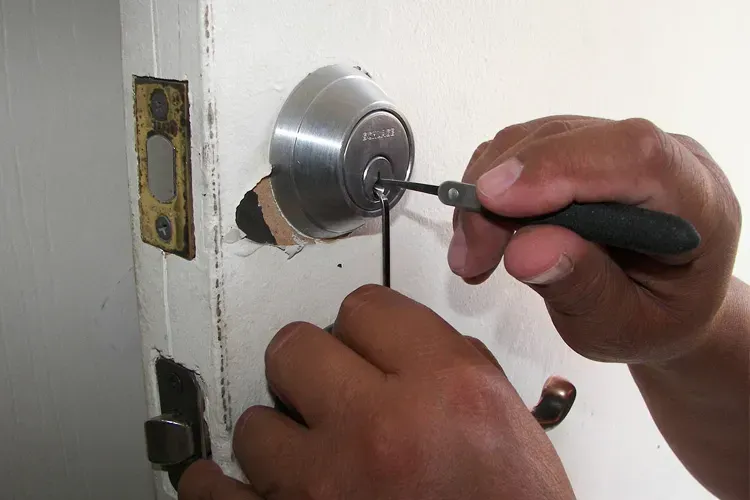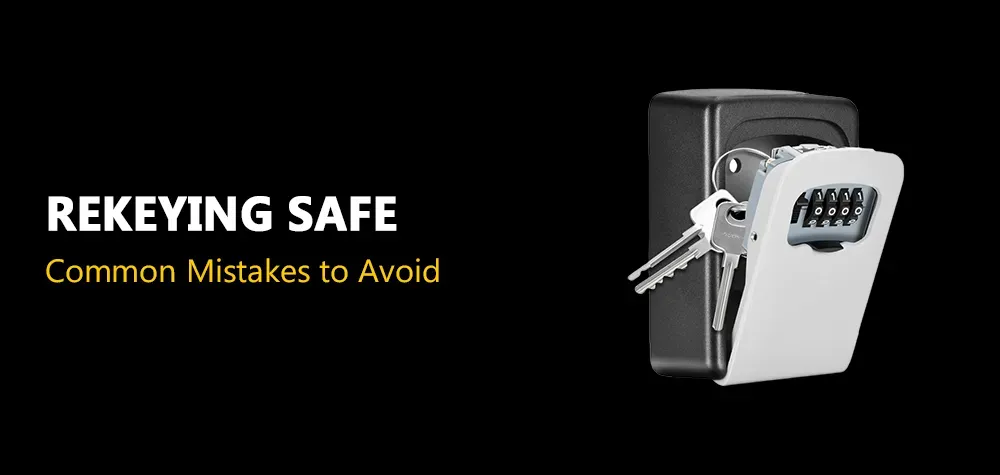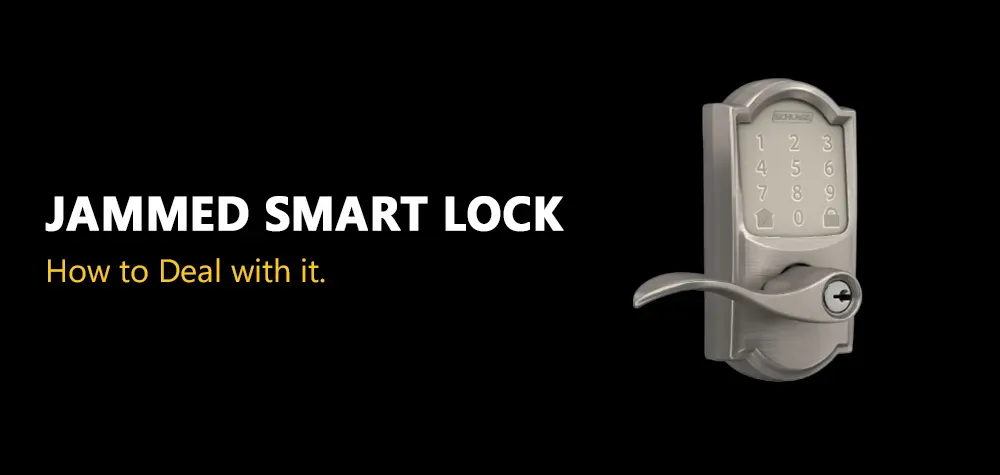How High-Security Locks Are Tested Against Lock Picking & Bumping
Let’s face it—security isn’t just about keeping a door shut. It’s about peace of mind. Whether you're safeguarding a home, a business, or a government facility, you want to know that the lock you trust is truly impenetrable. But while locks stand guard, thieves, burglars, and even hobbyist lock pickers are constantly working to bypass them. And this is where high-security locks come into play. These aren’t your average doorknob turners; they are engineered masterpieces designed to withstand the most aggressive attempts at intrusion—particularly lock picking and bumping. For professional lock services, please reach out!
The Hidden Dangers of Cheap Locks (And How to Avoid Them)
In this article, we’ll go behind the scenes to see how these formidable locks are put to the test. We’ll dive into the methods professionals use to simulate real-world attacks, the science behind lock resistance, and why certification matters. Consider this your all-access pass into the fascinating—and surprisingly high-stakes—world of lock testing.
Understanding the Threat: What Are Lock Picking and Bumping?
Before we dive into how high-security locks are tested, it helps to understand what they're up against.
Lock picking is the art (or in many cases, the crime) of manipulating the components of a lock to unlock it without a key. It's usually done using tools like hooks, rakes, and tension wrenches. Popularized in movies and shows, it may seem like a skill reserved for spies, but the truth is that even amateurs with a few hours of YouTube tutorials can learn basic techniques.
Lock bumping, on the other hand, is more brutal and faster. It involves inserting a specially crafted “bump key” into a lock and tapping it with a hammer or tool. This sudden impact momentarily aligns the pins inside the lock, allowing it to be turned open. Shockingly effective, bumping can open standard pin-tumbler locks in seconds.
The scariest part? Neither method leaves much of a trace.
That’s why high-security locks are not just designed to be "stronger"—they're engineered to outsmart these very tactics.
What Makes a Lock “High-Security”?
To be classified as a high-security lock, a product must go far beyond basic protection. These locks often include complex pin systems (like mushroom pins, spool pins, or rotating disks), hardened steel components, drill protection, key control (preventing unauthorized key duplication), and patented mechanisms that resist both picking and bumping.
But having those features isn’t enough. Manufacturers must prove their effectiveness—and that’s where rigorous testing comes into play.
Behind Closed Doors: How High-Security Locks Are Tested
Lock manufacturers subject their products to intense and varied testing before slapping on the “high-security” label. These tests replicate real-world attacks using controlled methods, often performed by third-party labs or independent locksmith professionals.
1. Manual Picking Tests
These tests simulate what a skilled lock picker might try. The tester uses professional-grade tools to pick the lock in a lab setting. The challenge is to open the lock within a specific time frame—usually 10 to 15 minutes. If the lock resists being picked for that duration, it earns points for resistance.
To make things more realistic, testers may simulate picking under pressure or in suboptimal conditions (such as in low light or at odd angles). The idea is to mimic an actual break-in attempt as closely as possible.
2. Bump Key Resistance Testing
Bumping is a quick and quiet method, so this test focuses on whether the lock can resist a series of bumping attempts using custom-made keys. A lock will be bumped multiple times, often with varying force, to determine if it can withstand the repeated impacts without opening.
High-security locks often include features like trap pins, tight tolerances, or unique keyways that disrupt the bumping process. A lock that doesn’t budge—even after 10 or 20 bumps—passes with flying colors.
3. Destructive Entry Testing
Not all intrusions are subtle. Some burglars bring drills, crowbars, and even angle grinders. High-security locks are also tested for their ability to withstand brute force attacks. This includes drilling out the core, snapping the cylinder, or attempting to pry the lock open.
These tests aren’t just about how tough a lock is—they measure how long it takes to break in. Time is everything. The longer it takes to breach, the higher the chance the intruder gives up or gets caught.
Risks Involved: What Happens If Testing Isn’t Done?
Here’s a harsh truth: not all locks that claim to be “high-security” are actually secure. Some products are designed more for marketing than for performance. If a lock hasn’t undergone certified testing, you could be placing false confidence in a vulnerable system.
The consequences are serious—unauthorized entry, theft, property damage, and even personal harm. For businesses, the cost isn’t just financial—it’s reputational.
That’s why proper testing is not just recommended; it’s essential.
How to Deal with a Jammed Smart Lock
Expert Recommendations: What Should You Look For?
Security professionals emphasize three key things when choosing high-security locks:
Certification: Look for locks that are certified by reputable organizations like UL (Underwriters Laboratories) or ANSI/BHMA (American National Standards Institute / Builders Hardware Manufacturers Association). These certifications mean the lock has passed standardized, independent testing.
Key Control: A lock is only as secure as the keys that open it. Choose systems with patented keyways and restricted duplication policies.
Professional Installation: Even the best lock won’t work if installed incorrectly. Always hire certified locksmiths to ensure optimal placement and function.
Preventive Measures: Staying One Step Ahead
Lock technology evolves, but so do lock picking techniques. That’s why security isn’t a one-time decision—it’s an ongoing strategy.
Keep your locks up to date. If your current lock has been on your door for more than 7–10 years, it might be time for an upgrade—even if it's never been tampered with.
Stay informed about new intrusion techniques. Subscribe to security forums or talk to local locksmiths about current trends in burglary.
Finally, complement mechanical locks with digital and smart security options, like cameras, alarms, and motion sensors. The more layers, the better your defense.
Conclusion: Because Security Is Never Just About a Lock
In a world where a skilled intruder can open a basic lock in under a minute, investing in high-security locks—and ensuring they’re properly tested—isn’t a luxury. It’s a necessity.
Testing against lock picking and bumping isn’t just about technical specs; it’s about real-world survival. It’s about making sure that when someone tries to breach your space, they’re met with more than just resistance—they’re met with a lock that fights back.
So next time you turn your key, know that behind that click is a system built on engineering, endurance, and the relentless pursuit of security.
Call Us Any Time!







BROTHERS LOCKSMITH
All Rights Reserved | brothers-locksmith.com
Privacy Policy


